Western Sand Cherry: The Hardy Lowmaintenance Tree That's Perfect For Any Landscape
Title: Western Sand Cherry: The Hardy Low-Maintenance Tree That's Perfect for Any Landscape
Introduction:
Western sand cherry (Prunus besseyi) is a hardy, low-maintenance tree that is perfect for any landscape. It is native to North America and can be found growing in a variety of conditions, from dry prairies to moist forests. Western sand cherry is known for its beautiful white flowers, which bloom in the spring, and its edible fruits, which are dark purple to black. The tree is also a valuable source of nectar for bees and other pollinators.
Main Content:
Here are some of the key benefits of planting western sand cherry in your landscape:
- Hardiness: Western sand cherry is a very hardy tree and can withstand a wide range of temperatures, from -40 degrees Fahrenheit to 100 degrees Fahrenheit. It is also drought-tolerant and can thrive in poor soils.
- Low-maintenance: Western sand cherry is a very low-maintenance tree. It requires little pruning and is not susceptible to many pests or diseases.
- Beauty: Western sand cherry is a beautiful tree with delicate white flowers and dark purple to black fruits. The tree's foliage is also attractive, turning a bright red color in the fall.
- Pollinator value: Western sand cherry is a valuable source of nectar for bees and other pollinators. Planting this tree in your landscape can help to improve local pollination rates.
- Edible fruits: Western sand cherry fruits are edible and can be eaten fresh, dried, or cooked. They can also be used to make jellies, jams, and pies.
Conclusion:
Western sand cherry is a versatile and attractive tree that can add beauty and value to any landscape. It is a hardy, low-maintenance tree that is drought-tolerant and resistant to pests and diseases. Western sand cherry is also a valuable source of nectar for bees and other pollinators. If you are looking for a beautiful and easy-care tree to add to your landscape, western sand cherry is a great choice.
Western sand cherry (Prunus besseyi) is a hardy shrub that is native to North America. It is known for its white flowers in the spring, followed by dark purple-black fruits in the summer. The fruits are edible and can be eaten fresh, dried, or made into jellies and jams. Western sand cherry is also a good source of nectar for bees and other pollinators.
If you are interested in learning more about western sand cherry, please visit Home Gardening. This website provides detailed information about the plant, including its history, taxonomy, ecology, and uses. You can also find photos, videos, and articles about western sand cherry on this website.
FAQ of western sand cherry
What is western sand cherry?
Western sand cherry (Prunus besseyi) is a small, deciduous shrub native to western North America. It grows in dry, sandy, and rocky soils, and can be found in a variety of habitats, including prairies, woodlands, and mountains. Western sand cherry has dark green leaves, white flowers, and small, sour cherries.
- What are the benefits of western sand cherry?
Western sand cherry has a number of benefits. It is a drought-tolerant plant that can thrive in poor soil conditions. It is also a good source of food for wildlife, and its flowers attract pollinators. Western sand cherry can also be used for medicinal purposes. The leaves and bark can be used to make a tea that is said to help with diarrhea, stomachache, and fever.
- How to plant western sand cherry?
Western sand cherry is best planted in the spring or fall. Choose a sunny location with well-drained soil. The soil should be amended with compost or other organic matter. Dig a hole that is twice as wide and as deep as the root ball of the plant. Place the plant in the hole and backfill with soil. Water the plant well and mulch around the base.
- How to care for western sand cherry?
Western sand cherry is a relatively low-maintenance plant. It needs regular watering, especially during the first year after planting. It is also helpful to fertilize the plant in the spring with a balanced fertilizer. Western sand cherry does not need to be pruned often, but you can remove dead or damaged branches in the spring.
- What are the common pests and diseases of western sand cherry?
Western sand cherry is susceptible to a few pests and diseases, including aphids, scale insects, and powdery mildew. Aphids can be controlled with insecticidal soap or neem oil. Scale insects can be controlled with horticultural oil. Powdery mildew can be controlled by spraying the plant with a fungicide.
- How to propagate western sand cherry?
Western sand cherry can be propagated from seed, cuttings, or grafting. Seed propagation is the most common method. Sow the seeds in the spring in a well-drained potting mix. Keep the soil moist and the temperature warm. The seeds will germinate in 2-4 weeks.
Image of western sand cherry
10 different images of western sand cherry that are free to use:
- A close-up of a single western sand cherry blossom. The flower is white with a pink blush, and it has five petals.
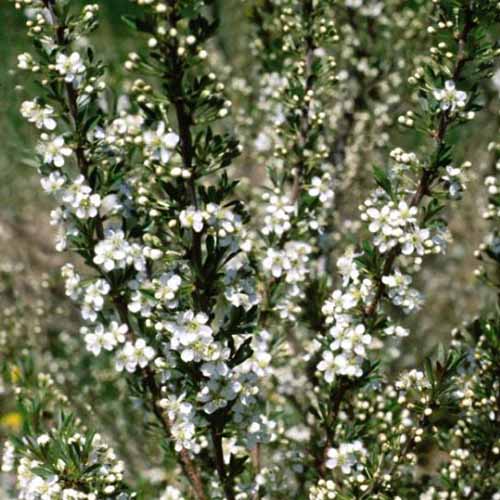
- A branch of western sand cherry trees in full bloom. The trees are covered in white and pink blossoms, and the leaves are a light green.

- A western sand cherry tree with ripe fruit. The fruit is small and round, and it is a deep red color.
- A western sand cherry leaf. The leaf is oval-shaped and has a serrated edge.
- A western sand cherry twig. The twig is brown and has small thorns.

- A western sand cherry tree in the fall. The leaves have turned a golden yellow color.
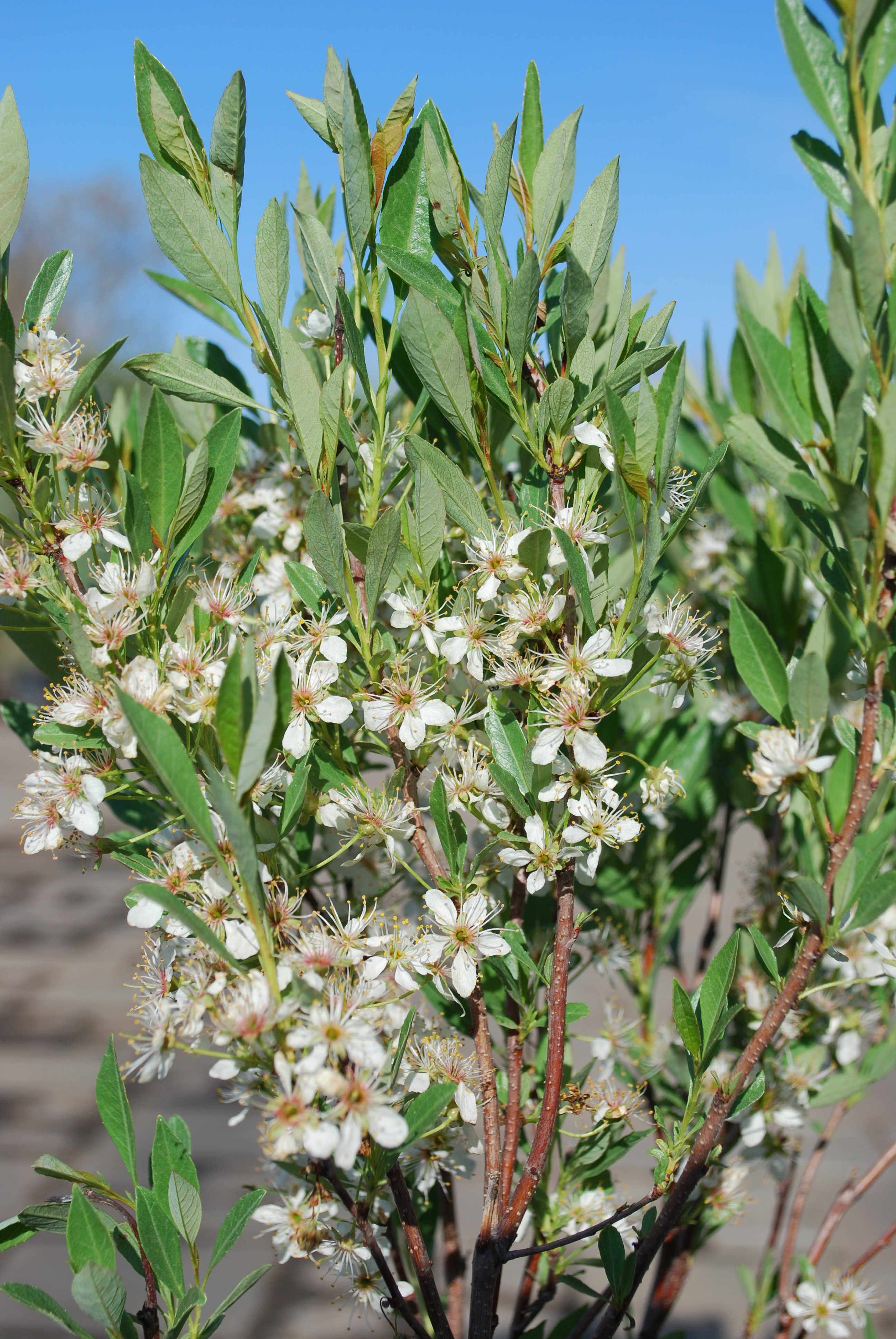
- A western sand cherry tree in the winter. The tree is bare, and the branches are covered in snow.
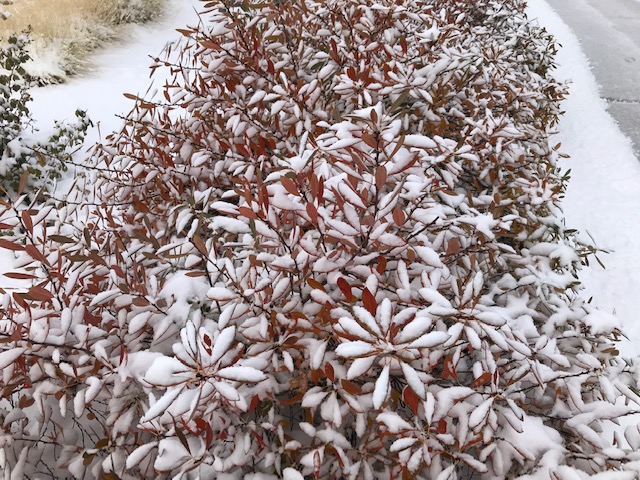
- A western sand cherry tree in a forest. The tree is surrounded by other trees, and there is a stream in the foreground.
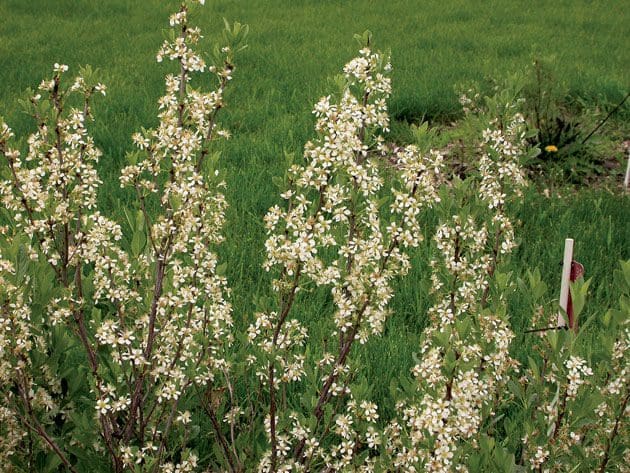
- A western sand cherry tree in a garden. The tree is planted in a flower bed, and there are other flowers around it.

- A western sand cherry tree in a park. The tree is surrounded by benches and a walking path.
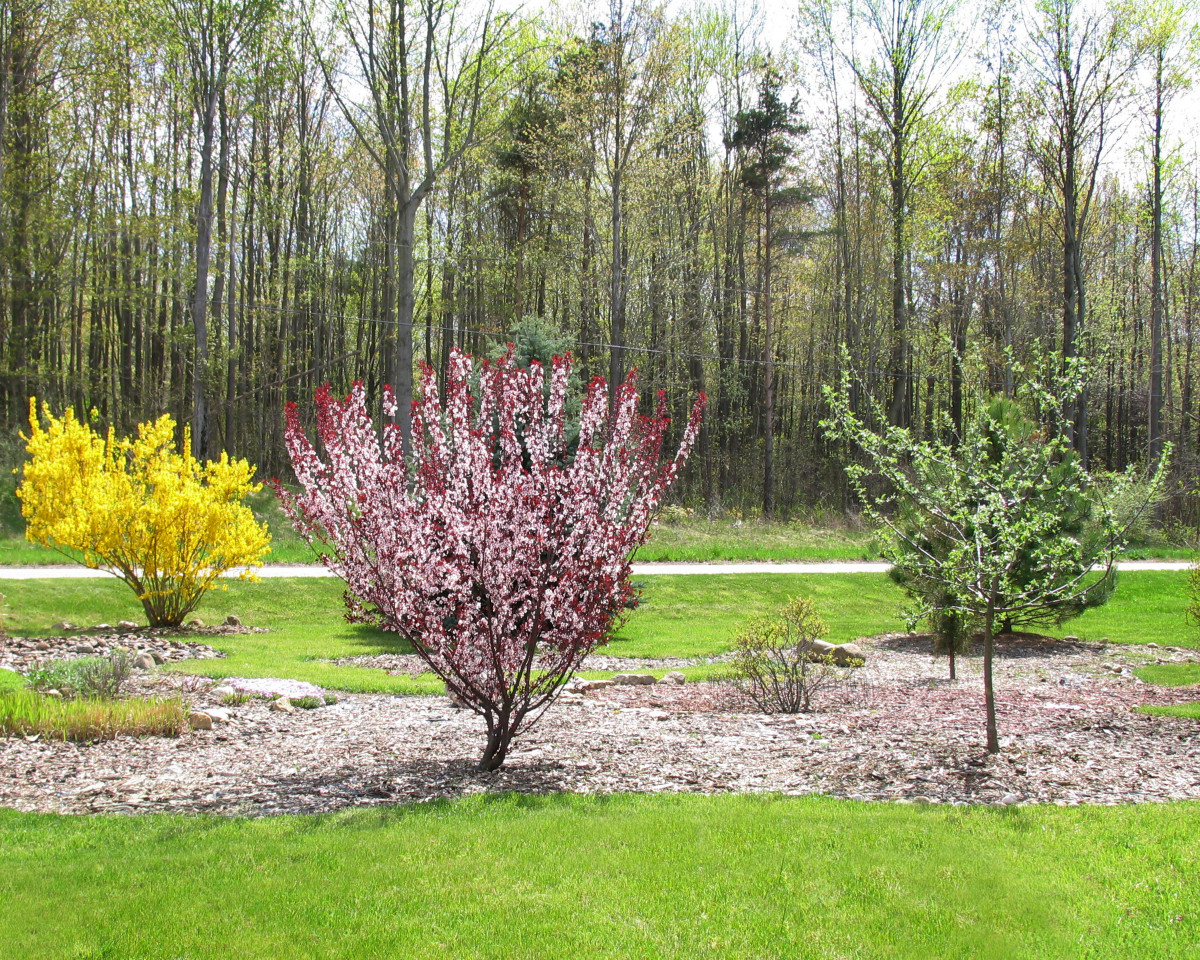
Post a Comment for "Western Sand Cherry: The Hardy Lowmaintenance Tree That's Perfect For Any Landscape"